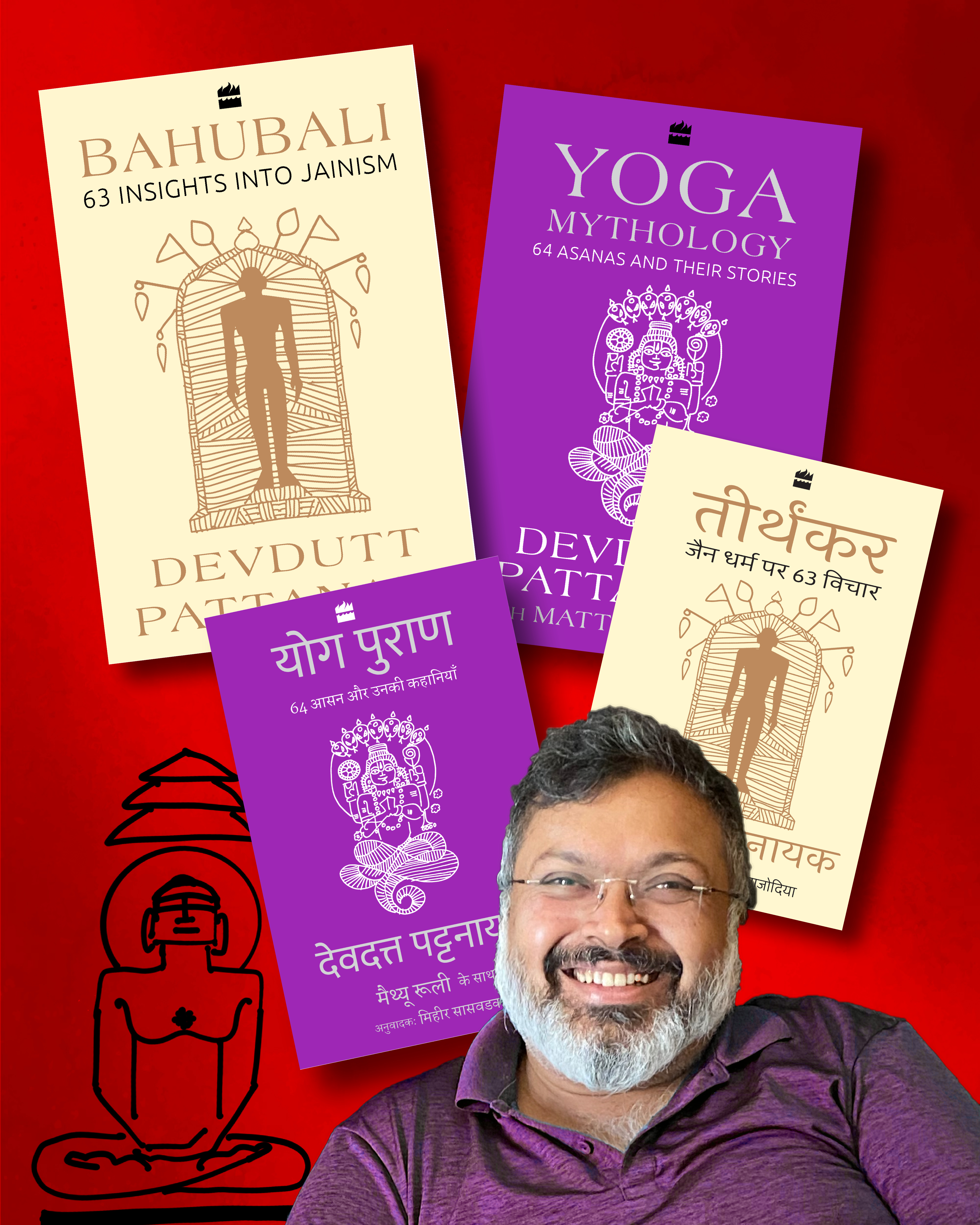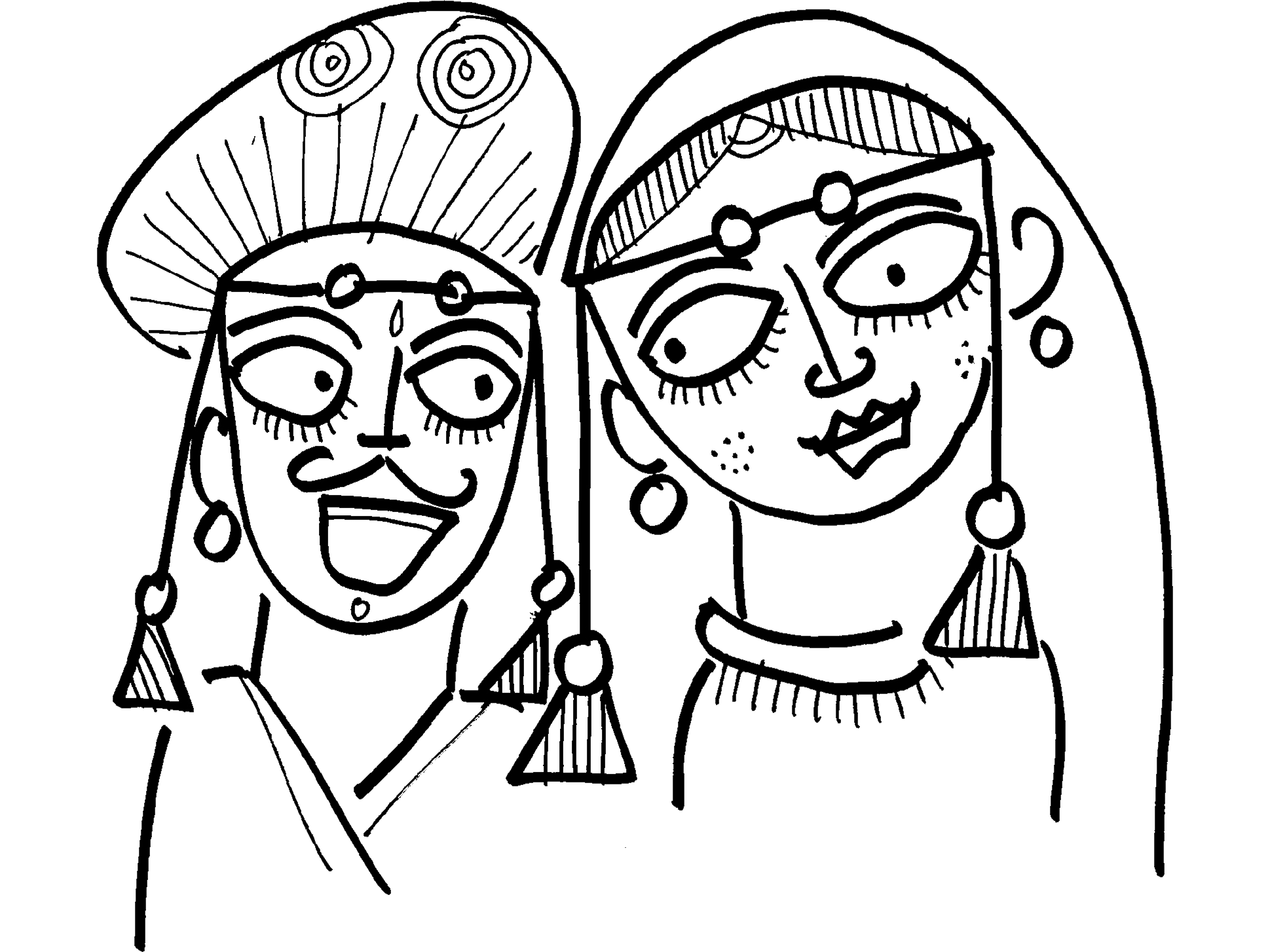Published on 20th July, 2014, in Mid-Day.
Vishnu takes the form of a king, a cowherd, a priest, a fish even an enchantress called Mohini. In this female form, he seduces gods and demons and hermits, all in order to preserve social order. He even unites with Shiva and gives birth to a son, Ayyappa. Thus a God who is visualised as male becomes a nymph, bears a child for the sake of social order.
This story is remarkable at so many levels. Here, God’s gender is not restricted to the male form as is common in monotheistic religions. Fertility is not restricted to women. Divinity is associated with enchantment and sensory pleasures. And though woman, Mohini is not a demure wife; she is a dancer who is restricted to no man.
Could this possible be a Hindu story? When the Europeans came to India, they saw stories such as these as yet another indicator of Indian effeminacy and Oriental debauchery. Back home, they were themselves exposed to a world where God was avowedly masculine: he sent down a son, not a daughter, to save the world, and that son was conceived without sexual intercourse and had no wife of his own. An alternate worldview where the feminine and the queer was appreciated, even venerated, made no sense to them. They naturally mocked Indians. This mockery became intense when the Europeans became rulers of India.
So Hindus became defensive and apologetic. They had always enjoyed these stories but had never really ‘intellectualised’ it. Not knowing how to explain them in the language of the foreign rulers, they started to reform the stories. They focused on editions that met with European approval: stories where celibacy and self-control was valorised and women were reduced to objects of temptation. The stern celibate monk became the representative of Hinduism, much like Jesuit missionaries dedicated to social reform, not the dancing mischievous affectionate nymph. In other words, Hinduism was reformed and reframed along Western lines.
The Europeans left. The Americans came. In the 60s, America went through a radical change sexual revolution, hippie revolution, anti-war protests. They wrote books rediscovering Indias sensual heritage. They spoke of how Hindus had bisexual gods and goddesses. Hindus were horrified.
Was not Hinduism was all about celibacy and self-control? Was that not what the story books told them? Was that not what their parents and teacher told them? They protested passionately but were gagged with typical Western academic disdain: “You are in denial. You dont have the facts; we do. Let us tell you what your culture is!”
Battle lines were thus drawn. They continue to be drawn. At the heart of these battles is ignorance at one level and lack of empathy: ignorance about Hinduism has changed from pre-colonial times through colonial times to post-colonial times as it changed, and ignorance about India’s diversity — how what is known to some communities was not known to others and how there are many pockets of knowledge. We need to constantly remind ourselves that in ancient times every Indian did not spend hours reading the many Sanskrit Puranas as research scholars do today.
Yes, Indic mythology is full of queer stories. But few are aware of it. And those who are not aware of it, usually assume they don’t exist. And since many such people anchor their self-esteem on the level of their knowledge, when gaps in their knowledge is pointed out, they get angry. They protest, burn and ban books, trying hard to restore their wounded self-esteem. How can we get angry with such petulant children who do not want to expand their mind? They are in need of our love, and indulgence, no?











